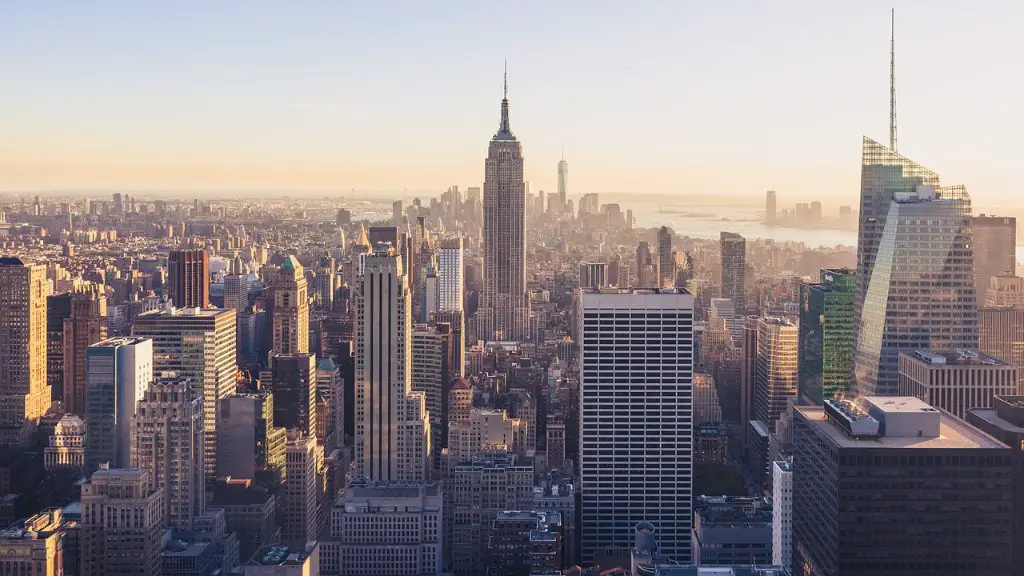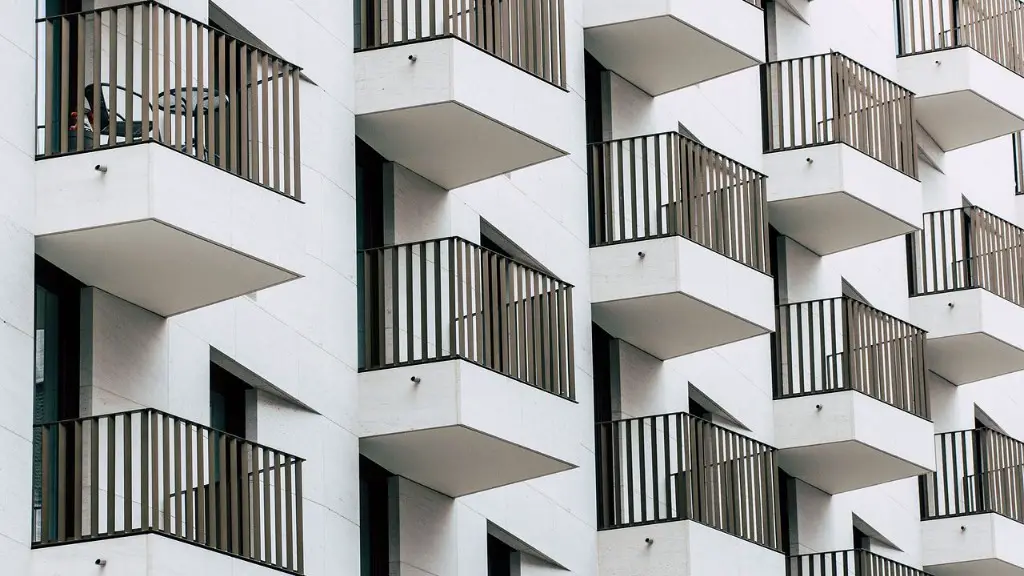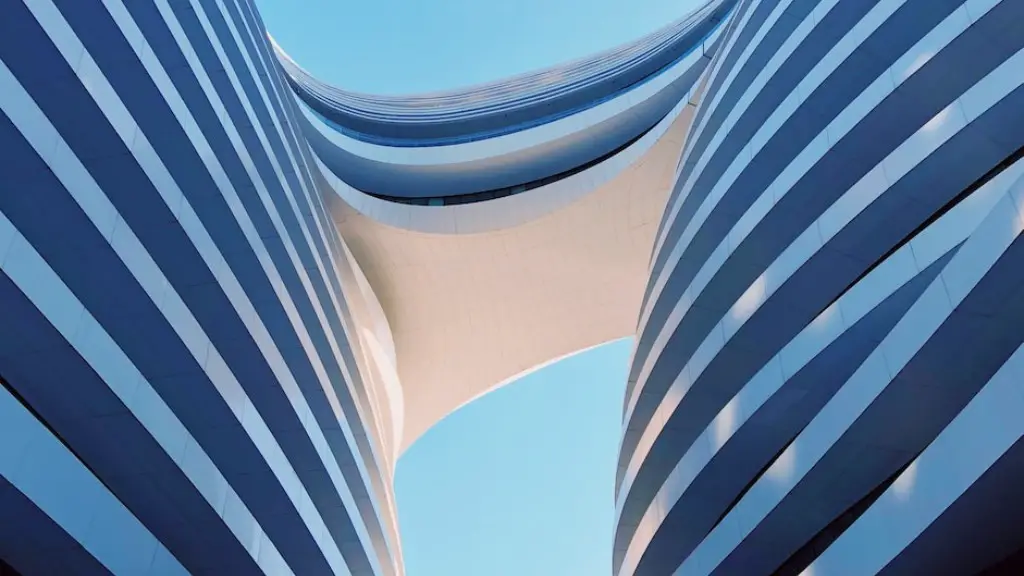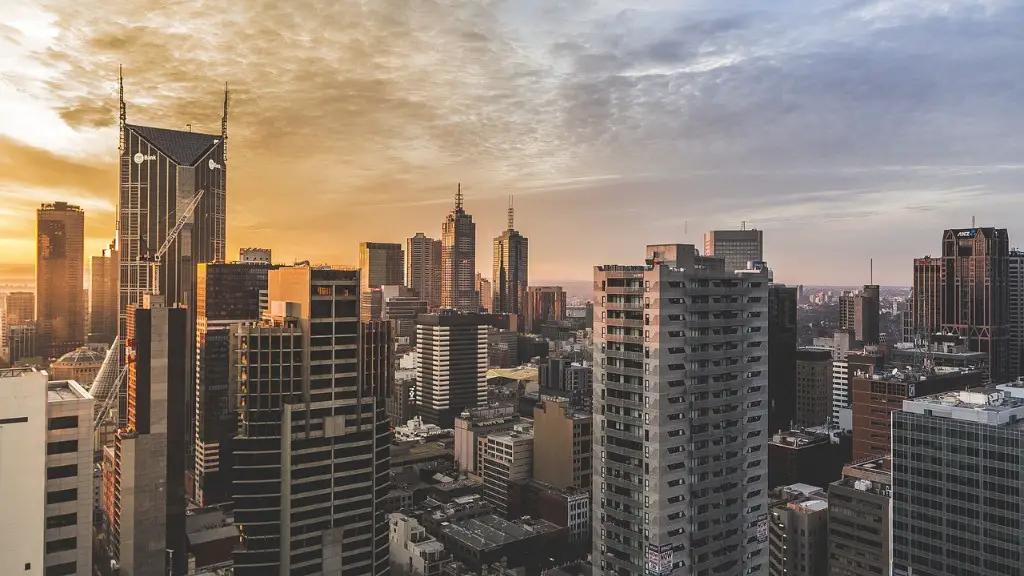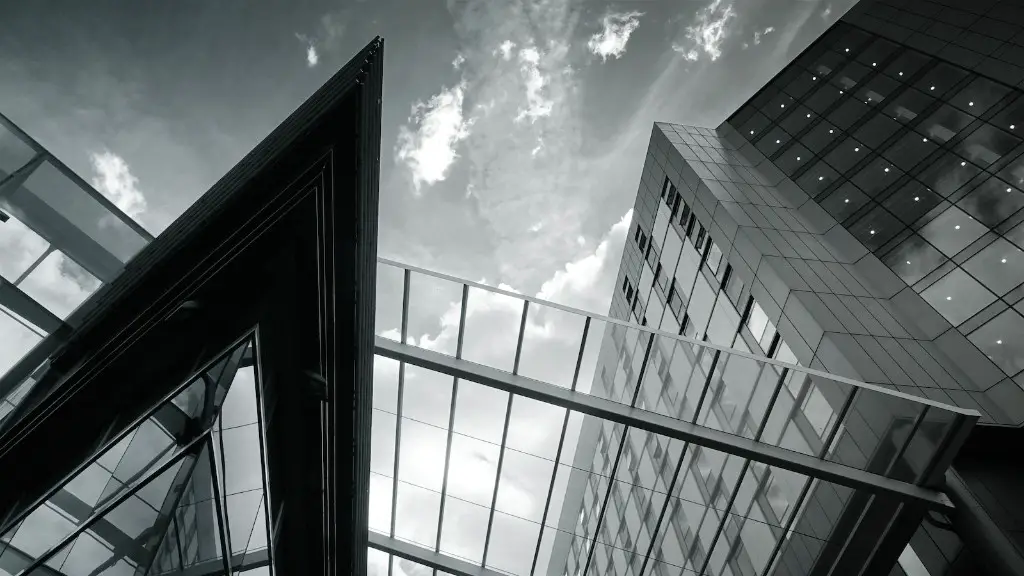How Architecture Has Changed Since 9/11
The events of 9/11 had a profound effect on the architectural world. It left a lasting impression that changed the way architects, designers, and planners think about security, aesthetics, and the overall design of buildings and public spaces. In the wake of the attacks, many cities and suburbs have implemented security measures to protect against potential terrorist attacks.
Heightened security measures, such as the use of bollards and barriers, have been implemented to protect public spaces such as parks, malls, and monuments. These measures are designed to disrupt vehicular access, thus making it more difficult for someone to gain access to a location with malicious intent. In addition, we have seen a dramatic increase in the use of surveillance cameras, allowing law enforcement to observe public spaces in an effort to identify suspicious behavior and improve safety.
In an effort to protect against airborne threats, many buildings have been designed or retrofitted with an array of protective measures. These measures often involve the use of window films, shatter-resistant glass, and even protective shutters. Moreover, the design of buildings has shifted away from large atrium-style lobbies to a more secure, closed-off entry. Buildings have also been moved further away from roads to create a greater distance between potential targets and their surroundings.
Architecture in the post-9/11 era has moved towards a more efficient use of space. Architects have worked to create designs that allow for greater flexibility and use of space, while also maintaining an eye towards security. Layouts are now designed to make it easier for law enforcement personnel to maneuver in and out of a building, and surveillance cameras are more frequently installed in certain areas. Additionally, there has been an increased emphasis on lighting to make public spaces feel safer.
The design of public spaces has also been affected. While public spaces have always been designed with aesthetic considerations in mind, safety has become a major factor in design decisions. This has resulted in more closed-off spaces and the use of bollards and barriers to segregate public areas from high-traffic areas. Additionally, more architectural features are being used to create inviting spaces for people to congregate and relax.
Redevelopment projects have been quick to incorporate security measures into their designs. In cities such as New York, Washington DC, and London, we can see the effects of these changes in the numerous security measures that have been added to many of the city’s buildings. These measures often involve the use of barriers, bollards, and other security systems to protect against potential terrorist threats.
Overall, architecture since 9/11 has changed in several ways. Buildings are designed with security in mind, and public spaces are planned with greater consideration for safety. Though it is impossible to eliminate the threat of a terrorist attack, architects have done their best to make public spaces safer and more welcoming by implementing these changes.
Protection in Tall Buildings
Tall buildings pose unique challenges for architects when it comes to security. These structures are often more difficult to secure due to their height, as well as the perimeter security required. As a result, many designers have opted for the use of windows that are shatter-resistant and made from bulletproof materials, as well as installing security cameras and motion sensors in certain areas. In addition, mechanical shutters have been employed as another layer of security.
To protect against airborne threats, tall buildings have often been designed with additional protective measures. These often include protective films, as well as specialized glazing, to help mitigate the risk of breakage should an explosive device be detonated near a tall building. Finally, advances have been made in the use of acoustic technology, which allows for the detection of sound waves from a potential explosive device.
Heightened security measures can also create potential problems for architects, such as making the buildings less aesthetically pleasing. In some cases, architects have opted to use simple, subtle security systems to help maintain an inviting atmosphere. These measures often involve the use of unobtrusive barriers or even natural landscaping to create a sense of security without an overwhelming presence.
The design of tall buildings since 9/11 has shifted significantly, with the focus now being on security as well as aesthetics. Architects now have to balance security strategy with aesthetics, often finding ways to use each to bolster the other. While these changes may not be appreciated by some, it is important to remember that these measures are taken in the name of safety.
Designing Underground Spaces
Underground spaces have also seen dramatic changes since 9/11. These areas are often difficult to monitor and secure, and thus have become a major focus for architects and security planners. To address these concerns, architects and engineers have developed a number of strategies to improve safety in underground spaces.
One of the most notable changes to underground spaces has been the implementation of more robust surveillance technology. Closed-circuit cameras are now more commonly installed in areas such as subways and other mass transit locations. Moreover, motion sensors and other forms of technology are also used in some areas to monitor activity.
In addition to the use of surveillance technology, there has also been an increased focus on the design of the spaces themselves. This often involves the use of high-security access systems, such as biometric scanning, as well as the implementation of barriers to prevent vehicular access. Some areas have also seen the use of reinforced walls and ceilings, which are designed to be more resilient to potential explosions.
Finally, architects have worked to create designs that are more aesthetically pleasing while still offering a high level of security. This often involves the use of modern lighting and calming colors, as well as comfortable seating and other features to create a more inviting atmosphere. By making underground spaces more pleasant, the hope is that people will feel safer and more secure.
The Impact of 9/11 on Airport Designs
Airport designs since 9/11 have been heavily influenced by security considerations. Increased surveillance, the use of bulletproof materials, and the implementation of additional security checkpoints at the entrances to airports can be seen throughout the world.
The design of airport lobbies and waiting areas have also changed significantly. Open floor plans have given way to closed-off spaces to reduce the risk of a potential attack. Moreover, airports have implemented more widespread use of surveillance cameras, bollards, and other security measures.
We have also seen an increased focus on technology to improve security. Advanced screening methods such as facial recognition, x-ray machines, and biometric scanning are now more commonplace in airports. These measures are used to identify potential threats before they have the opportunity to enter a secure area.
Additionally, airports have implemented architectural features to reduce the risk of vehicular attacks. Driveways have been moved further away from buildings, while barriers and bollards are now common in front of vulnerable areas. By making it more difficult for a vehicle to gain access to an airport, designers are able to reduce the risk of a terrorist attack.
Architecture since 9/11 has changed significantly, with safety now being paramount in the design of public spaces. Airports in particular have seen a major transformation in the wake of the attacks, with new technologies and security measures being implemented in order to protect travelers.
Making Public Spaces Secure
Creating secure public spaces is an ongoing challenge for architects. With so many people in close proximity, it can be difficult to mitigate the risk of a potential attack. As a result, security has become even more of a concern for architects and public space designers.
One of the most visible changes in the design of public spaces has been the increased use of barriers and bollards. These systems are designed to create a physical buffer between potential targets and their surroundings. Additionally, the use of surveillance cameras has become more widespread, with the intention of improving public safety.
Architects have also worked to make public areas more inviting by using colors, plants, and lighting to create a pleasant atmosphere. Additionally, new seating and other amenities have been designed to provide comfort and convenience while also boosting security. By making these aspects of public spaces more inviting, it can help to create an atmosphere of safety and security.
Finally, architects have used advances in technology to create more secure public spaces. For example, facial recognition and biometric scanning are increasingly used to identify those who may pose a threat. By using these and other technologies, architects are able to create public spaces that are both pleasant and secure.
The events of 9/11 have had a lasting effect on architecture. Architecture since 9/11 has moved towards greater security and safety, with an increased focus on technology and public space design. While these changes may be often be subtle, they are an important part of creating a safer world.
